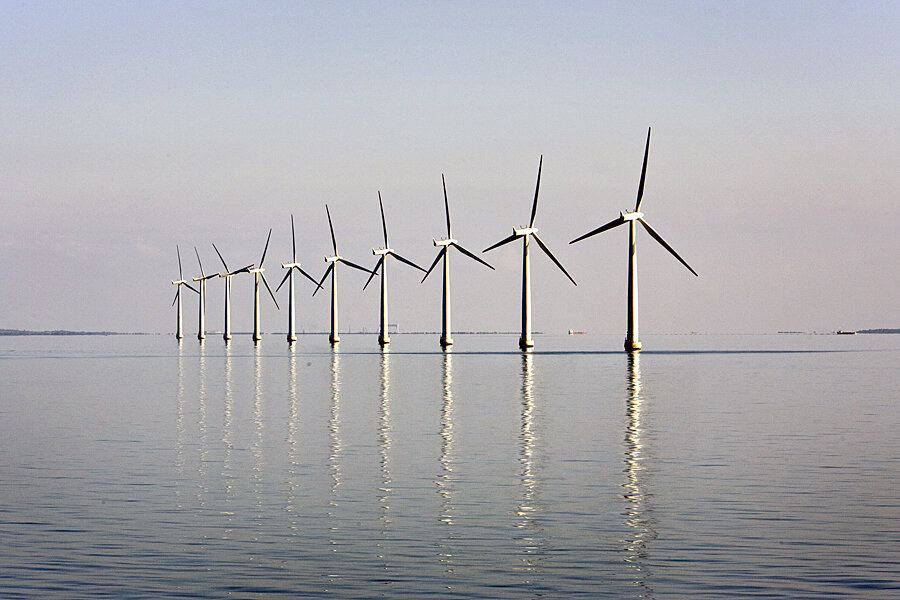Samso's farmers move toward organic farming and away from fossil fuels
Loading...
On a small Danish island of 114 square kilometers (44 square miles), sustainability and renewable energy seem almost common place. Yet, Samso cannot be called anything but unique. Seven years ago, it became the first island to use renewable energy for 100 percent of its electricity needs. Now, 16 years after first deciding to transition towards clean energy and sustainability, the traditional farming communities on Samso are moving towards organic farming and an entirely fossil fuel free future.
In response to the Kyoto Protocol in 1997, the Danish Ministry of the Environment announced a competition for local communities or islands to submit plans for 100 percent self-sufficiency through renewable energy. Despite winning this competition, Samso’s future was not clear. The master plan still needed the support of Samso’s residents, most of whom were conservative farmers.
For Soren Hermansen, architect of the island’s transformation and director of Samso’s Energy Academy, this meant using a grassroots approach to educate citizens about the benefits of a sustainable future. Through public meetings, featuring copious amounts of free beer, Hermansen garnered support for Samso’s master plan.
As a result, 11 onshore wind turbines now generate 100 percent of the island’s electricity, while ten offshore wind turbines generate enough renewable energy to offset the carbon produced by the island’s transportation and agricultural sector. With wind turning on their lights, Samsings use solar thermal panels or biomass to generate heat for their dwellings.
Samso’s bottom up approach to energy resulted in this success. The wind turbines, solar thermal panels, and biomass heating plants belong to farmers or the municipality. While critiques often cite the noise and aesthetic disruptions caused by wind turbines, Samsings see beauty in the turbines that produce electricity and income for the island. Hermansen explained,"if you own a share in a wind turbine it looks better, it sounds better. It sounds like money in the bank." Ten percent of residents own part of a turbine and its profits, while barley farmers generate additional revenue by selling their straw by-product to the district heating plants.
Despite the global recognition received by Samso for their energy transformation, residents still express fear for the future. Most of the young people raised on Samso do not intend to remain on the island and have no interest in farming. According to Hermansen, "my son, who is 16 years old, thinks it is dead here and lives in Copenhagen; for the survival of the island we need more jobs and a better local economy." At the same time, the cost of land on Samso remains high, making it unappealing to young individuals who might consider moving to Samso.
A focus on organics, however, might just provide the solution to this problem. Most farms continue to rely on pesticides, but a growing emphasis on organics could, if accompanied by financial aid, draw in young farmers. In 2012, organic farmers on Samso and visiting experts established Organic Samsoe to provide financial and educational resources to farmers and consumers. Organic Samsoe seeks to establish a foundation that can buy land to then lease to organic farmers of all generations.
Yet, this forward thinking, wind-blown, organic-growing island is not done. Samso now hopes to achieve fossil fuel free status by 2030 by phasing out the oil, gas, and coal used in their transportation and agriculture sector. Already lauded as a shining example of the importance of renewable energy in creating self-sufficient communities and in helping transition farmers towards sustainable practices, achieving this new goal will only continue to help Samso become the healthy, farsighted community it envisions.







